Celiac.com 06/26/2025 - For individuals with celiac disease or severe gluten sensitivity, a gluten-free lifestyle requires constant vigilance—reading labels, avoiding cross-contact, and even cleaning shared kitchen equipment. But one potential source of gluten exposure often flies under the radar: your pet’s food. That’s right—your furry companion’s kibble, treats, or crumbs left behind on the floor could be putting your health at risk.
In this article, we explore the hidden dangers of gluten in pet food, how it can contaminate your living space, and what you can do to protect yourself without compromising the care of your beloved animal companions.
What Is Gluten and Why It Matters for People with Celiac Disease
Celiac.com Sponsor (A12):
Gluten is a protein found in wheat, barley, rye, and their derivatives. For people with celiac disease, even tiny amounts of gluten can trigger an autoimmune reaction that damages the lining of the small intestine. This can lead to serious health issues such as nutrient malabsorption, chronic gastrointestinal distress, fatigue, and long-term complications like osteoporosis or infertility.
While gluten exposure through obvious food sources is easier to control, hidden or indirect exposure—like that found in non-food household products or pet foods—can be harder to detect and manage.
Pet Food: A Hidden Source of Gluten Contamination
Most commercially available dog and cat foods are made from a mix of protein, grains, and added vitamins or preservatives. Gluten-containing ingredients such as wheat, barley, oats (unless certified gluten-free), and even brewer’s yeast are commonly used in dry kibble, soft foods, treats, and chews.
For example:
- Wheat middlings (a byproduct of flour production) are used as cheap fillers.
- Barley or barley malt may be added for flavor.
- Oats not labeled gluten-free may be cross-contaminated during processing.
Even though pets are not affected by gluten in the same way humans are, the use of these ingredients creates a contamination risk within the home.
How Pet Food Can Expose You to Gluten
You might wonder how food served to your pet could impact your health. Here are several real-life ways gluten in pet food can lead to unintentional gluten exposure:
1. Cross-Contact During Feeding
If you scoop kibble or wet food with your bare hands, wash bowls in the same sink or dishwasher as your own dishes, or handle pet food containers without handwashing afterward, you may inadvertently spread gluten particles.
2. Pet Saliva and Licking
Pets that eat gluten-containing foods can transfer gluten through their saliva. If your dog licks your face or hands after eating, or chews on toys and then you touch them, you could be exposed.
3. Crumbs and Droppings
Pets often spill food around their eating area. Gluten-containing crumbs may land on the floor, carpet, or furniture and get picked up on your hands, socks, or other items.
4. Inhalation of Dust from Dry Food
Some people report gluten-like reactions after scooping large bags of dry pet food. While uncommon, it's possible that handling dusty food or sweeping up spilled kibble could create airborne gluten particles.
Who’s Most at Risk?
While anyone with celiac disease or non-celiac gluten sensitivity should be cautious, the risk of exposure through pet food is greatest in the following cases:
- Children with celiac disease who play with pets or crawl near feeding areas.
- Immunocompromised individuals who are highly sensitive to small amounts of gluten.
- People with dermatitis herpetiformis, the skin manifestation of celiac disease, who can react to even minute traces of gluten.
If you’ve been maintaining a strict gluten-free diet but continue to experience symptoms, pet-related contamination could be the culprit worth investigating.
Signs Your Pet’s Food Might Be Causing a Reaction
It can be difficult to pinpoint the source of accidental gluten exposure, but the following clues may suggest pet food is a factor:
- Symptoms flare shortly after feeding or cleaning up after your pet.
- You react after physical contact with your pet, especially around the face or hands.
- You notice unexplained reactions in household members despite dietary compliance.
If symptoms persist and common food sources have been ruled out, consider reviewing all pet care routines.
Gluten-Free Pet Food Options
Fortunately, a growing number of pet food manufacturers now offer gluten-free options. Look for foods specifically labeled as “grain-free” or “gluten-free.” However, “grain-free” does not always guarantee that the product is safe, as some grains (like rice or corn) are naturally gluten-free, while others like barley are not.
Here are key tips:
- Read ingredient lists carefully. Avoid wheat, barley, rye, brewer’s yeast, malt, and unspecified “natural flavors.”
- Contact the manufacturer to inquire about manufacturing practices and cross-contamination controls.
- Choose brands that produce gluten-free food in dedicated facilities, if possible.
Some pet owners even prepare homemade gluten-free pet meals under the guidance of a veterinarian, especially for pets with food sensitivities.
Safe Pet Feeding Practices in a Gluten-Free Household
Beyond switching to gluten-free pet food, you can take several steps to minimize contamination risk:
Designate a Separate Feeding Area
Keep pet food and feeding zones away from your main cooking and dining spaces to avoid spreading crumbs or residue.
Use Gloves or Scoops
Use dedicated utensils or gloves to handle pet food and treats. Wash your hands immediately afterward.
Clean Thoroughly
Use separate sponges, bowls, and cleaning cloths for pet dishes. Consider hand-washing pet items in a utility sink if possible.
Wash Toys and Surfaces Regularly
If your pet plays with food-related toys or chews, clean them frequently and store them away from high-traffic areas.
Educate the Whole Household
Ensure that all family members and caregivers are aware of the risks and follow consistent pet handling procedures.
When to Talk to Your Doctor or Vet
If you suspect your symptoms may be linked to your pet’s food, speak with your healthcare provider. They may recommend additional tests or guide you through an elimination process. At the same time, consult your veterinarian to find safe, balanced, gluten-free alternatives for your pet’s nutritional needs.
What This Means for People with Celiac Disease
This topic might sound surprising, but it’s a real and potentially serious concern for people trying to maintain a strict gluten-free lifestyle. Pet food may be a hidden source of ongoing exposure that undermines healing and well-being.
By identifying and addressing pet-related gluten contamination, individuals with celiac disease can take control of their environment in a more holistic way. It's a reminder that living gluten-free goes beyond what’s on your plate—it extends into all areas of daily life, including the ones shared with your furry best friends.
Final Thoughts
Pets are cherished members of the family, and no one should have to choose between their health and their companions. The good news is, with increased awareness and a few simple changes, it’s entirely possible to maintain a safe, gluten-free household while keeping your pets happy and healthy.
Whether it’s reading ingredient labels on pet food or adopting new feeding routines, every step you take to reduce gluten exposure contributes to better health and peace of mind. In a gluten-aware home, both humans and animals can thrive side by side.


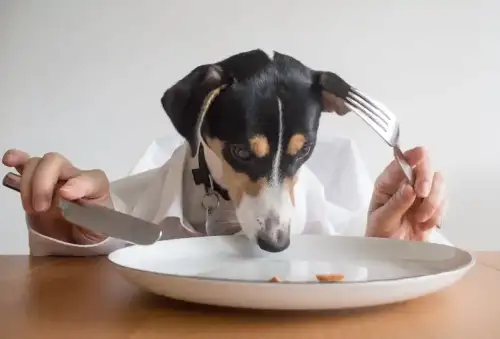


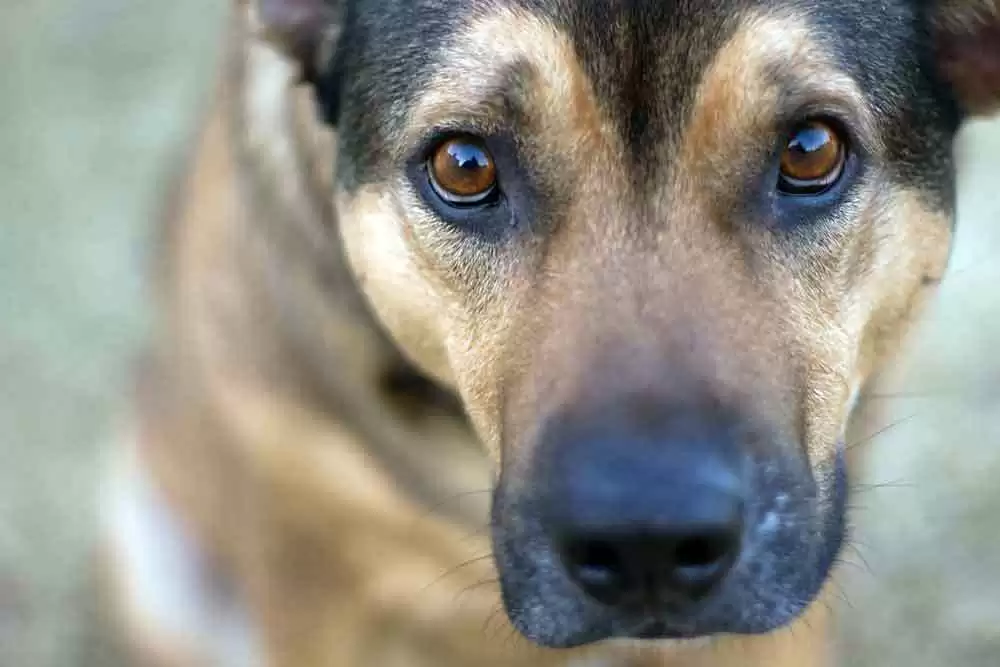
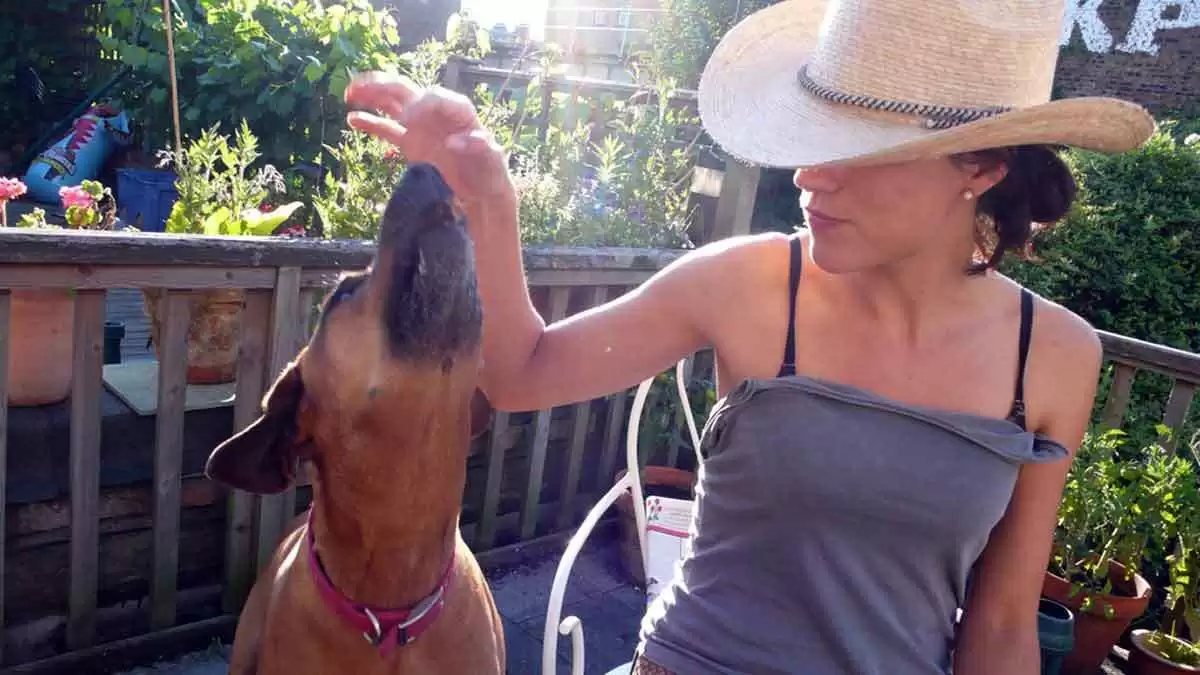

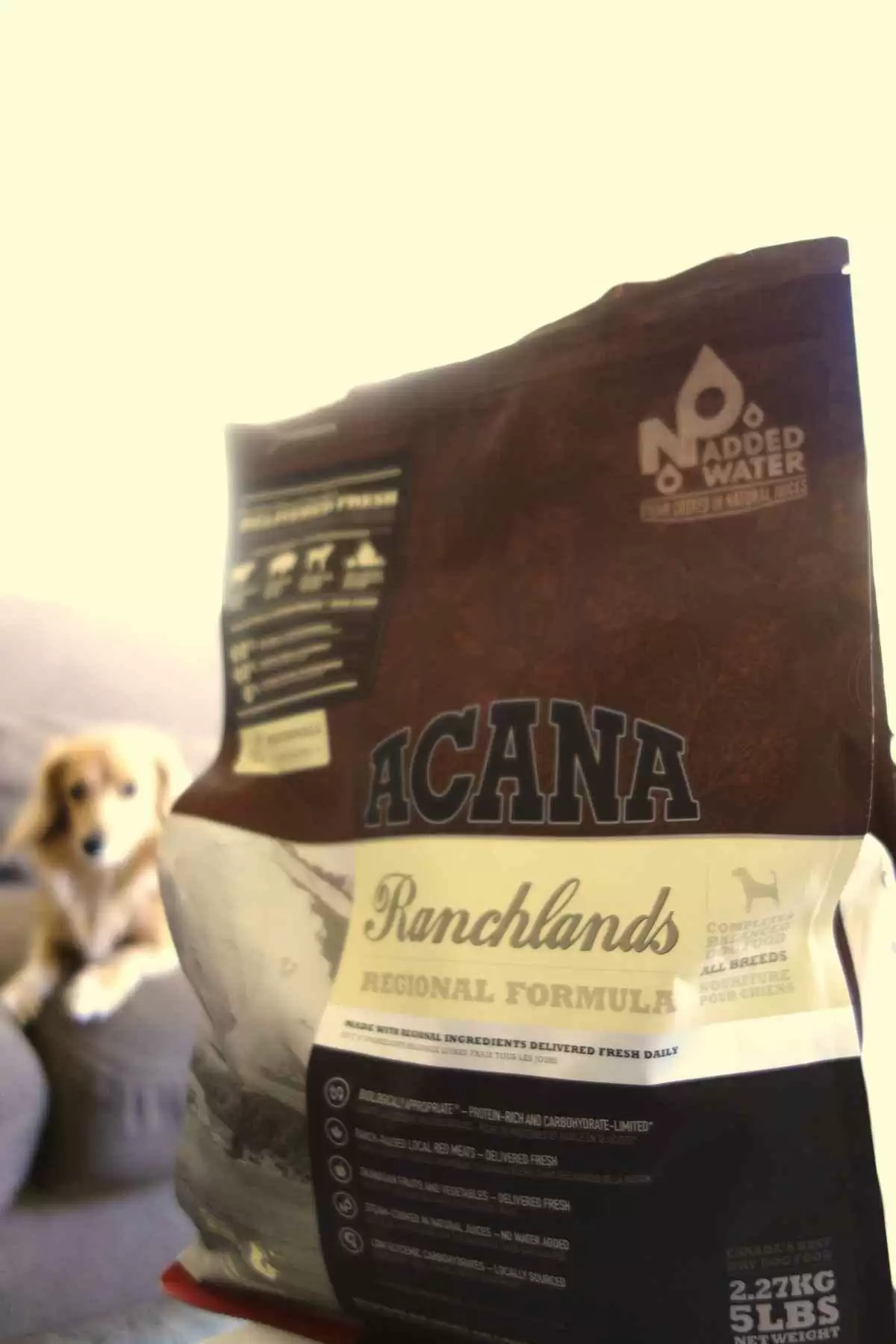
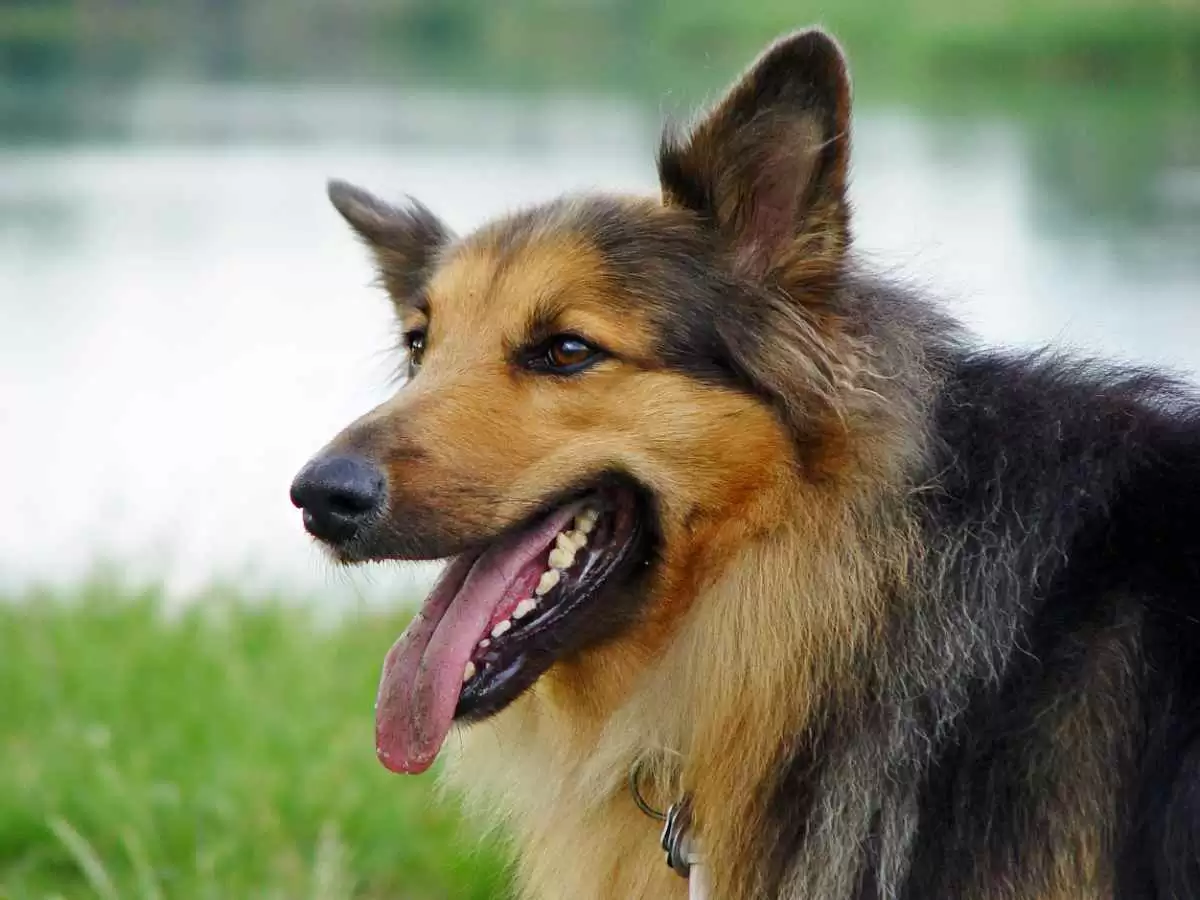
.thumb.jpg.d8ccdbb71dd5d276bacf435aa9f4427d.jpg)


Recommended Comments
There are no comments to display.
Create an account or sign in to comment
You need to be a member in order to leave a comment
Create an account
Sign up for a new account in our community. It's easy!
Register a new accountSign in
Already have an account? Sign in here.
Sign In Now